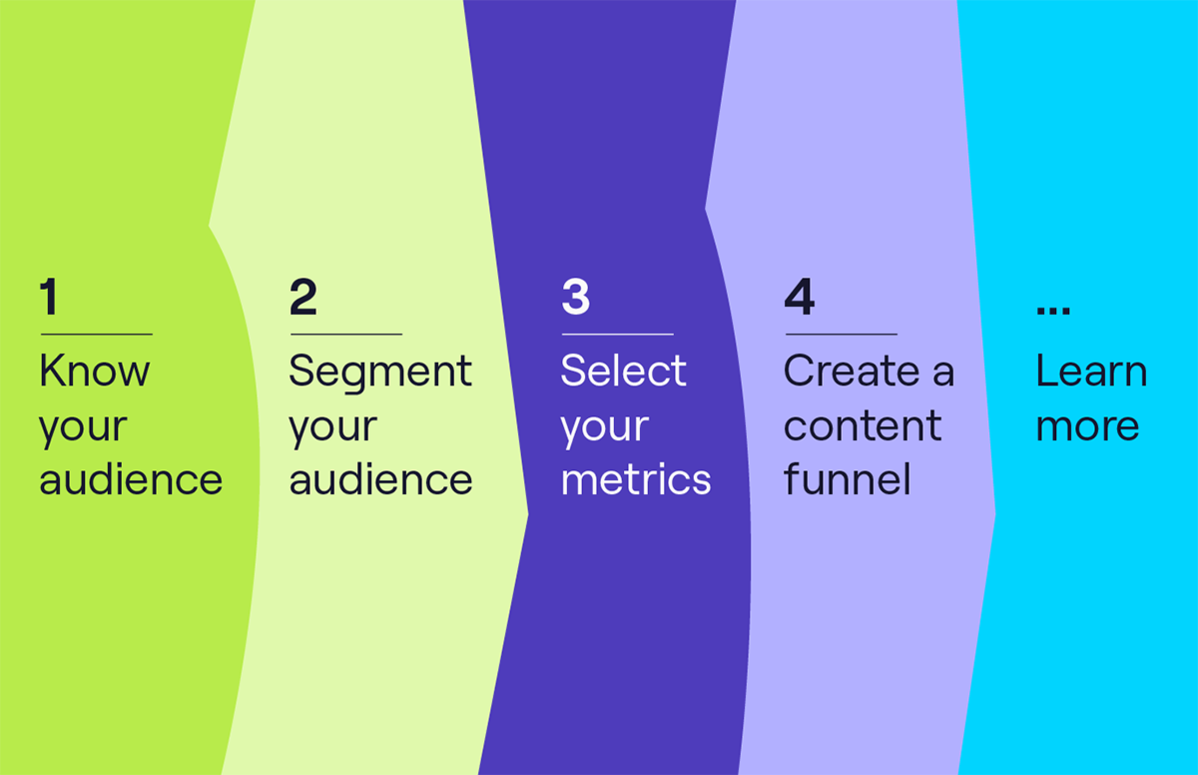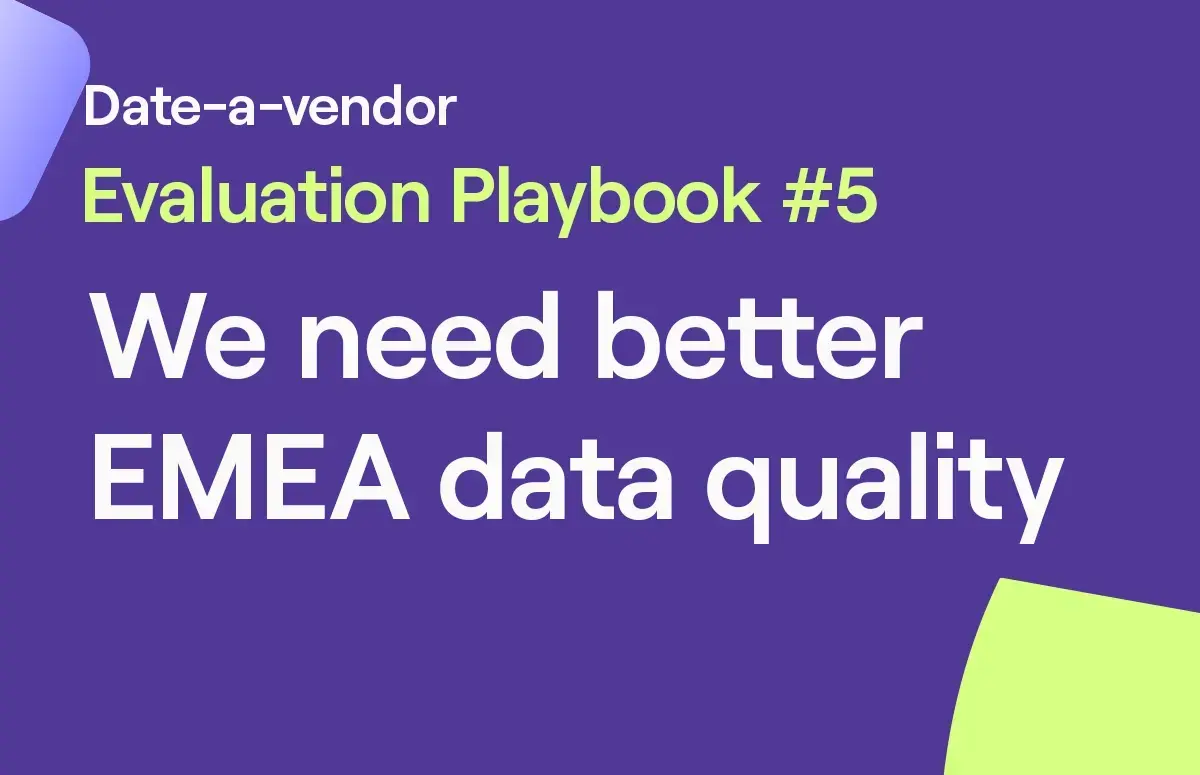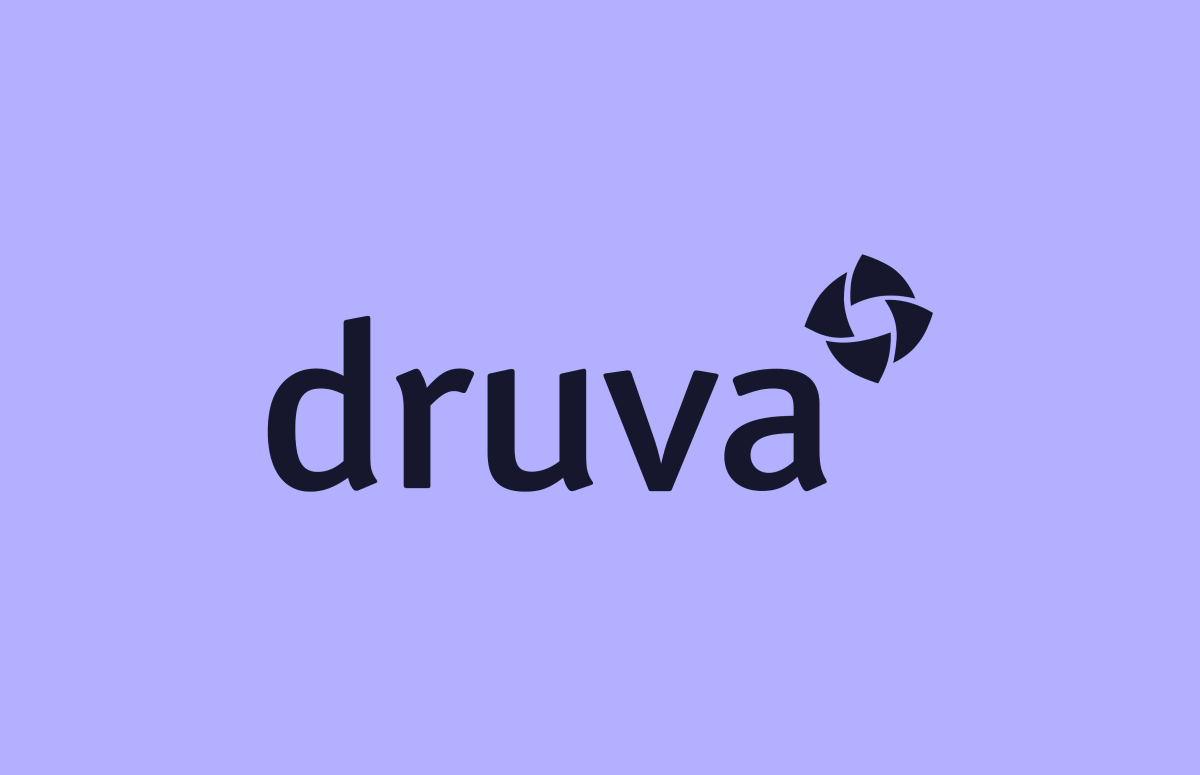What is Content Marketing? Strategy, Stages & Tips for 2025
Content marketing - it’s the key to unlocking a treasure trove of quality leads!
Now, that’s magic to any B2B marketer’s ears.
But how can you use an effective content marketing strategy to convert hot leads and generate more revenue?
That’s what we’ll cover in this guide.
Let’s start 👇
What is content marketing?
B2B content marketing is the stories you tell to entertain and educate.
So, what is content marketing?
Content marketing is a strategy that involves creating and sharing valuable content to attract and engage a specific audience and drive profitable customer action. It helps brands establish expertise, promote awareness and increase sales.
It’s selling disguised as storytelling. It’s a highly effective way to attract potential customers by offering them something valuable – knowledge, entertainment, or inspiration.
Whenever you create material or media to convey a message, express an idea, or explain a concept, you’re creating content.
In the context of digital marketing, this can include written articles, blog posts, social media posts, videos, infographics, podcasts, and so much more. The trick is to tailor whatever you create to become valuable to your target audience.
Why content marketing?
People’s attention spans are getting shorter by the day, and grabbing that attention is easier said than done.
However, businesses trying to be seen view content marketing as an effective way to elevate their brand from an unknown entity to a trusted name.
Five key benefits of content marketing are:
1. Increased brand awareness
By creating valuable and engaging content, businesses can increase their brand visibility and awareness among their target audience. This helps in building a solid brand reputation and trust with customers.
2. Improved search engine visibility
Optimised marketing content is crucial for improving search engine visibility. You can use SEO content to improve your website’s ranking in search by creating high-quality, relevant content that incorporates keywords and phrases your target audience is searching for.
3. Lead generation
Content marketing is an effective way to generate leads for your business. By providing valuable content that addresses the needs and challenges of your target audience, you’ll attract potential customers, encouraging them to provide their contact information in exchange for access to more valuable resources.
4. Establishing thought leadership
Businesses can be industry experts and thought leaders by consistently creating and sharing valuable ungated content. This can help build credibility, trust, and authority within your industry.
5. Building customer relationships
Content marketing allows businesses to engage with their audience more personally by providing valuable information, answering questions, and addressing pain points. This helps build customer trust and loyalty, ultimately leading to long-term relationships.
The sheer amount of information decision-makers can access nowadays means they have more buying power than ever.
However, there is a flip side to that coin because information overload can make decisions challenging. This is where the quality and relevance of your content can make a massive difference.
By providing valuable information, answering burning questions, and solving pain points, you can position yourself as a provider and a trusted advisor.
And in a B2B landscape where relationships reign supreme, trust is a cornerstone for success.
How does content marketing drive sales and marketing?
Content marketing creates relevant resources that address the needs and interests of target audiences.
One of the main ways that content marketing drives sales is by educating consumers about the benefits of your products or services. By providing valuable information, you can showcase how your offerings can solve their problems or meet their needs. This helps to build trust and establish your brand as a credible source of information.
Well-thought-out marketing content helps to nurture leads through the sales funnel. By creating different types of content that cater to each stage of the buyer’s journey – from awareness to consideration to decision – you can guide potential customers towards making a purchase decision.
Content marketing examples you can use here include creating blog posts, case studies, whitepapers, marketing and sales podcasts, videos, ungated guides and more. You can share these resources via a demand nurture, email marketing campaign, or a more strategic ABM campaign.
Overall, content marketing is crucial in driving sales and marketing efforts by providing valuable information, building trust and credibility, nurturing leads through the sales funnel, and ultimately converting prospects into loyal customers.
By consistently creating high-quality, relevant content that resonates with your target audience, you can establish your brand as a thought leader in your industry and drive business growth.
Content marketing 101
To slay your ROI, you’ll need more than just a shield of strategic intent; you’ll need a sword of content relevance.
So, let’s break down how to create the right context for your content and the different types you can use.
Stages of content marketing
Content marketing plays a crucial role as your prospects move through the different stages of your marketing funnel. Here’s how it relates to each stage:
1. Awareness
At this stage, your audience has no idea you exist.
Your content should attract the attention of a broad audience and introduce them to who you are and what you do.
Examples include blog posts, social media content, videos, and infographics that address the common pain points or interests of your
2. Consideration
Once you’re on the radar of potential customers, they’ll evaluate you against your competitors before making a decision.
Your content should focus on providing more detail about your offerings and how they solve the needs of your audience.
The goal is to educate and persuade them that your brand is the better choice.
Examples include case studies, product demonstrations, comparison guides, and testimonials that help prospects understand the value you bring.
3. Conversion
Now, your potential customers are ready to make a decision, and you want your content to help facilitate the conversion process.
Your goal is to remove barriers to purchase and incentivise them to take the plunge.
Examples include landing pages, product pages, email newsletters, special offers, promotions, customer reviews, and testimonials, all with clear calls-to-action (CTAs) to take action and make a purchase.
4. Retention
Yay! You’ve made the sale, but that doesn’t mean you’ve finished the job.
Your goal now is to nurture and reaffirm their decision to choose you. To foster ongoing engagement, encourage repeat purchases, and turn your new customers into your greatest advocates.
Examples include post-purchase emails, loyalty programs, exclusive content, and customer support resources.
Types of content marketing
Digital content marketing can take many forms. Let’s look at some of them:
- Blog posts: Informative articles published on websites that engage and educate audiences with insights, tips, news, and more.
- Videos: Visually engaging and attention-grabbing, video content created with the best AI video generators is highly effective for engaging with online audiences. They can include explainer videos, product demonstrations, customer testimonials, and more.
- Infographics: Visual representations that provide a snapshot of a complex concept or key data points in a digestible and appealing format, perfect for sharing on social media.
- eBooks/guides: In-depth resources that provide greater detail on a subject and establish authority in a particular field. These can include comprehensive guides, tutorials, and case studies.
- Podcasts: Audio content that delivers conversations, interviews, or discussions on specific topics that help to share valuable insights, build audience loyalty, and improve a brand’s subject authority.
- Webinars: Live or pre-recorded presentations, workshops, or seminars delivered online to provide interactive learning experiences and improve audience engagement.
- Social media posts: Bite-sized content shared on social media platforms to increase brand visibility and foster community engagement. These can include status updates, images, videos, or polls,
- Case studies: Detailed narratives that showcase real-life success stories or experiences with a brand’s product or service to improve trustworthiness and
- White papers: In-depth reports or documents addressing specific industry challenges, trends, or research findings that help position a brand as an authority on a particular subject.
- Email newsletters: Regular updates sent via email containing curated content, promotions, or exclusive offers, nurturing relationships and driving customer engagement.
- Interactive content: Engaging formats like quizzes, polls, assessments, or calculators encourage audience participation and make experiences more personalised and interactive.
- User-generated content: Content created by customers or followers of a brand, such as reviews, testimonials, or user-generated videos, that build social proof and improve trust.
Alice de Courcy predicts that the future of enterprise content marketing requires diversifying traditional content forms.
How to create a content marketing strategy
A B2B content marketing strategy that gets the basics right from the start will stand the test of time.
Here are some key steps to follow:
Define your goals
What are you hoping to achieve with your content marketing efforts?
Increase brand awareness?
More leads?
Higher conversion rates?
Get crystal clear on your objectives, and make sure they’re SMART – specific, measurable, attainable, relevant, and time-bound.
Know your audience
We can’t stress the importance of this enough!
Research their demographics, interests, pain points, and preferences to tailor your content to their needs.
Crafting an ideal customer profile can help you achieve this. With an ICP, you can create relevant resources, increasing the likelihood of engagement and conversions.
Audit your existing content
Chances are, you’ve already got a treasure trove of content just waiting to be unearthed.
Conduct a thorough content marketing audit of your existing assets to see what’s performing well, what’s not, and what’s missing.
Here are some content marketing tools that may help.
Identify knowledge gaps
Once you know what you’ve got, it’s time to identify the gaps.
What topics are your audience clamouring for?
What questions are they asking?
Use marketing tools like Google Trends, BuzzSumo, and your intuition to uncover content opportunities.
Choose your channels
With a myriad of channels at your disposal, it can be tempting to try and do it all.
But remember, quality trumps quantity, so choose your channels wisely.
Where does your audience hang out online?
These are your lead sources - where your ideal customers will flow in from.
Pick a few that align with your audience and brand voice, and tailor your content to fit them.
At Cognism, we’ve chosen LinkedIn as one of our main channels. Here’s a guide on building a LinkedIn marketing strategy.
Build out a content calendar
Consistency is the name of the game in social media content marketing, and a well-planned content calendar can be your secret weapon.
Creating a content calendar will help you plan and organise your content creation and distribution efforts.
This will ensure that you consistently publish high-quality content that aligns with your goals and resonates with your audience.
Your content calendar should include a schedule of when you will publish different types of content, such as blog posts, social media updates, videos, and more.
Create and distribute high-quality content
Successful B2B content marketing strategies involve creating high-quality content that provides value to your audience. This could include informative blog posts, engaging videos, helpful how-to guides, and more.
Once you’ve created high-quality content, you must distribute it effectively to reach your target audience. Utilise various channels such as social media, email marketing, SEO, and paid advertising to promote your content and drive traffic to your website.
At Cognism, we’re all about strategic content marketing, which is why repurposing content is a must! Here’s our guide to repurposing content.
Utilise KPIs and metrics
Use measurable benchmarks to track the effectiveness of your content strategy as you go along.
It’ll help you assess the impact of your activities on key business objectives and help you make data-driven decisions.
Which in turn will aid in achieving long-term success and improve your ROI. This will also give you quantifiable proof for key stakeholders, allowing you to justify resource allocation for your activities.
Use analytics tools to track key content marketing metrics such as website traffic, engagement, conversions, etc. They will help you understand what’s working and where there’s room for improvement in your strategy.
Create, distribute, measure, repeat
Content marketing is a marathon, not a sprint. So don’t expect overnight success. Instead, track your progress, analyse what’s working (and what’s not), and adjust your strategy accordingly.
Optimise and restructure your strategies based on your metrics’ marketing data. Use this data to inform your decisions. Change is the only constant in B2B content marketing, so stay agile and adapt accordingly.
A solid content marketing strategy is essential for attracting, engaging, and retaining customers. By defining your goals, understanding your audience, creating high-quality content, distributing it effectively, measuring results, and iterating on your strategy, you can drive success and achieve your marketing objectives.
By following these key strategies, you’ll create a successful content marketing plan that helps you achieve your business goals and makes you stand out in a crowded digital landscape.
Interested in learning more about strategy creation? Watch this video 👇
6 examples of great content marketing
Looking for inspiration for your digital content marketing strategy?
Here are six winning examples:
Example 1: Cognism’s “Diary of a first-time CMO”
If you’re a B2B marketer on LinkedIn, you might have seen numerous dark funnel posts about Cognism CMO, Alice de Courcy’s book, ‘Diary of a First-Time CMO.’ It’s a collection of LinkedIn posts from Alice’s four-year journey where she helped scale Cognism from $3m to $50m ARR, build a team from 3 to 39, and transform the set-up from a classic lead gen function to a demand gen engine.
Cognism launched the book with a marketing campaign where marketers could sign up and get one of the few copies being printed. Still, it was such a hit it’s now being sold on Amazon, is available to read/listen to online for free and is still being shared via effective ABM campaigns.
Keen to read it? Click the banner below to access the online version 👇
Example 2: Blendtec’s “Will It Blend?”
Here’s a content marketing tip - quirky content always wins.
Take Blendtec, who took a quirky, off-the-wall approach to product demonstration videos.
The video content demonstrated the power and reliability of its blenders by putting them through crazy challenges.
These involved seeing if they could blend things like smartphones, pool cues, golf balls, and more. With over 300 million views and counting, the videos created awareness and entertained viewers.
Watch video content marketing at its best here.
Example 3: Adobe’s “CMO.com”
Adobe is an excellent example of branded content marketing.
The brand developed an insights hub that offers a wealth of resources, including articles, case studies, and reports tailored specifically for marketing professionals.
By providing valuable insights and thought leadership content, Adobe established itself as a trusted advisor in the industry, driving brand awareness and loyalty among its target audience.
Example 4: Moz’s “Whiteboard Friday”
Moz produces a weekly video series where industry experts discuss various search engine optimisation (SEO) topics.
Through visually engaging presentations and explanations, Moz educates its audience on SEO best practices and industry trends, positioning itself as a trusted industry authority.
It’s a clever content marketing campaign for anyone getting into SEO and looking for a reliable SEO tool.
Example 5: Buffer’s “Buffer Podcast”
Buffer started a marketing podcast where industry experts share insights, tips, and strategies for social media marketing success.
By leveraging the popularity of podcasts, Buffer reached a broader audience of marketers and provides valuable content in an easily digestible format.
Listen to an example of successful content marketing here.
Example 6: Salesforce’s “Trailhead”
Salesforce created a platform that offers interactive tutorials, courses, and learning paths for users to master Salesforce products and enhance their skills.
By providing free educational resources, Salesforce helps users get the most out of its products and positions itself as a leader in the CRM space.
This attracts new customers and retains existing ones.
Content marketing key takeaways
Online content marketing isn’t just about selling. It’s about storytelling, connection, and building relationships with your audience.
So go forth, grab your B2B marketing data and unleash your creativity. Your audience awaits, hungry for stories that’ll captivate, educate, and entertain!
Get more B2B marketing insights from Cognism
Enjoyed this article?
Discover content marketing ideas, tips, and more from Cognism on LinkedIn. Click the banner to give us a follow 👇


